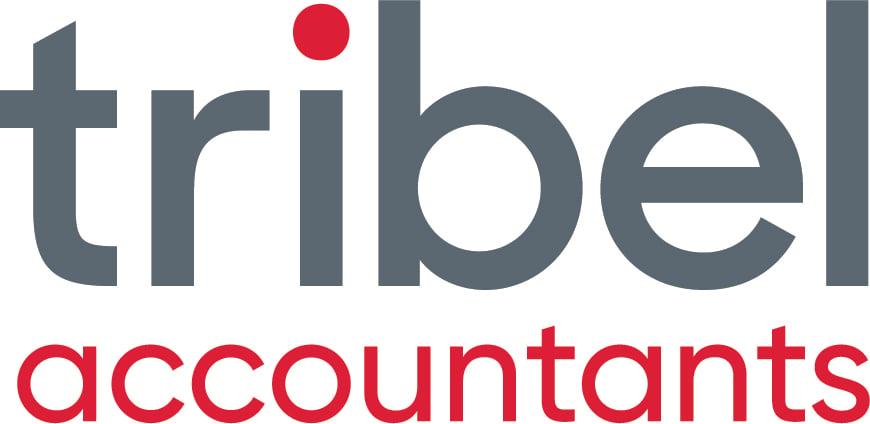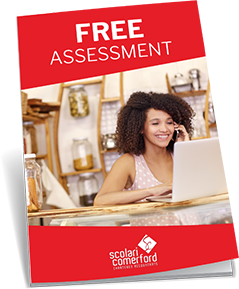
Figure 1: Do your business valuation properly and you will have time to relax at the Peak Hill Golf Open!
INTRODUCTION:
During your business life, it's very likely that at some stage you are going to need to restructure your business. It could be because you are introducing a new principal/shareholder or it could be for asset protection purposes or other tax considerations.
What you need to be very aware of though when you do this, is that there maybe capital gains consequences (and stamp duty for that matter). This is particularly so where there needs to be arms length transactions. For example, you are merely transferring the holding from say an individual (yourself) to another entity you control such as a company or trust. Assuming you cannot qualify for any rollover concessions, the temptation is to put as low as possible value on the business.
Should the ATO decide to have a look to see whether you have allocated a reasonable business valuation to the transaction, you need to satsify their guidelines or you may be up for horrific fines and interest not to mention the shortfall in tax.
Figure 2: When restructuring, do not take shortcuts with business valuations or you maybe chopped down.
1. get the right method
The ATO will usually accept the following methods:
- Comparable transactions;
- Comparable trading;
- Capitalisation of Future Maintainable Earnings;
- Discounted Cash Flow;
- Net Tangible Assets;
Of course you must be able to show why you, or your accountant or business valuer have used the method you have and why it is the most appropriate.
For example, if the business has goodwill, it is unlikely you would select the Net Tangible Assets Method.
2. State the purpose and date of the business valuations
The ATO will want to know why you are valuing the business and the date. Be sure that the date is not too old or you can expect the report to be challenged.
3. Have an accurate description of the business
Not only should you have a solid description of the business but also a summary:
- Structure and management of the business;
- Shareholder agreements;
- Strategic plans;
- Marketing plans;
- Operating plans;
- History of the business.
4. Have solid market information
Make sure you have taken into account:
- Key customers and spread;
- Customer lists;
- Sales pipeline;
- Barriers to entry;
- Competitors;
- Alternative products;
- Market size and growth.
5. REliable financial statements
Naturally there will need to be reliable financial data as this will be a key component of any valuation. If you are using management accounts that may not be completely accurate or reconciled, this could be a major flaw in the final result.
6. sales and marketing strategies
Include commentary on:
- Target markets;
- Direct or channel strategies;
- Reseller or supplier agreements;
- Compensation strategies;
- Product and brand awareness.
CONCLUSION:
If you are entering into a restructure where there the transaction is not at arms length, some of the above points (and others) will be expected to be addressed in the business valuation report. Failure to do this properly will make it most likely that the ATO will dig further and put up an alternative case to value your business much higher. A higher value means more capital gains tax, penalties and interest.
If your accountant says not to worry about doing a proper valuation for tax purposes, make sure you query the risk levels. Business valuers with experience should be able to minimise the risk provided they too follow the guidelines.



.png?width=100&height=100&name=COVID_Safe_Badge_Digital%20(002).png)



